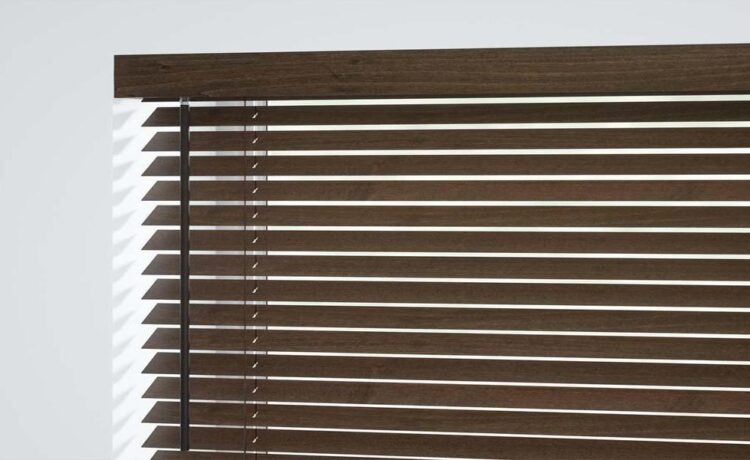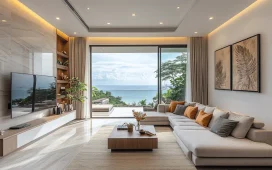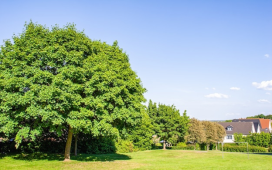The main purpose of wooden blinds is to provide window coverings that offer both aesthetic appeal and functional benefits. Wooden blinds can enhance the look of a room with their classic, natural appearance, while also providing benefits such as light control, privacy, and insulation. Wooden blinds can be adjusted to let in the desired amount of light or to block out light completely, depending on the user’s preference.
They also offer a degree of privacy when closed, which can be important in bedrooms, bathrooms, or other areas where privacy is desired. In addition, wooden blinds can help insulate a room by reducing the amount of heat that enters or escapes through the window, which can help to lower energy costs. Overall, the main purpose of wooden blinds is to provide both aesthetic and functional benefits to a room. Here are some common features of wooden blinds:
Wooden blinds can help insulate the room by reducing the amount of heat that enters or escapes through the window. Wooden blinds are generally durable and can withstand wear and tear over time. It is relatively easy to clean and maintain, usually requiring only a damp cloth or mild cleaning solution. Wooden blinds are available in a variety of finishes, colors, and slat sizes, allowing for customization to fit your preferences and needs.
Are wooden blinds good for privacy?
Wooden blinds can provide a good level of privacy, but it depends on the thickness of the slats and how tightly they fit together when closed. Thicker slats and tighter-fitting blinds will offer more privacy than thinner slats or blinds that do not fit as snugly. If the blinds are installed close to the window frame and fit tightly, they will provide more privacy than if they are installed farther away from the window or do not fit snugly.
What is the common problem with wooden blinds and how to resolve?
One common problem with wooden blinds is warping. This can happen when the blinds are exposed to moisture or humidity over time, causing the slats to bend or distort.
Prevention: To prevent warping, avoid exposing wooden blinds to excessive moisture or humidity. For example, in high-humidity areas such as bathrooms, consider using synthetic materials or installing a ventilation fan to help reduce moisture levels.
Repair: If only a few slats are warped, they can be removed and replaced with new slats of the same size and finish. This is usually a simple process that can be done with a few basic tools.
Reconditioning: If the entire set of wooden blinds has warped, reconditioning may be necessary. This involves removing the slats and soaking them in water to straighten them out. After they dry, they are reinstalled, and the cords are re-tensioned. This process should only be done by a professional as it can be time-consuming and complicated.
Replacement: If the warping is severe, replacement may be the best option. In this case, consider choosing blinds made from materials that are less likely to warp, such as faux wood or aluminum.
By taking preventive measures and addressing any warping issues early on, you can help to extend the lifespan of your wooden blinds and keep them looking their best for years to come.











